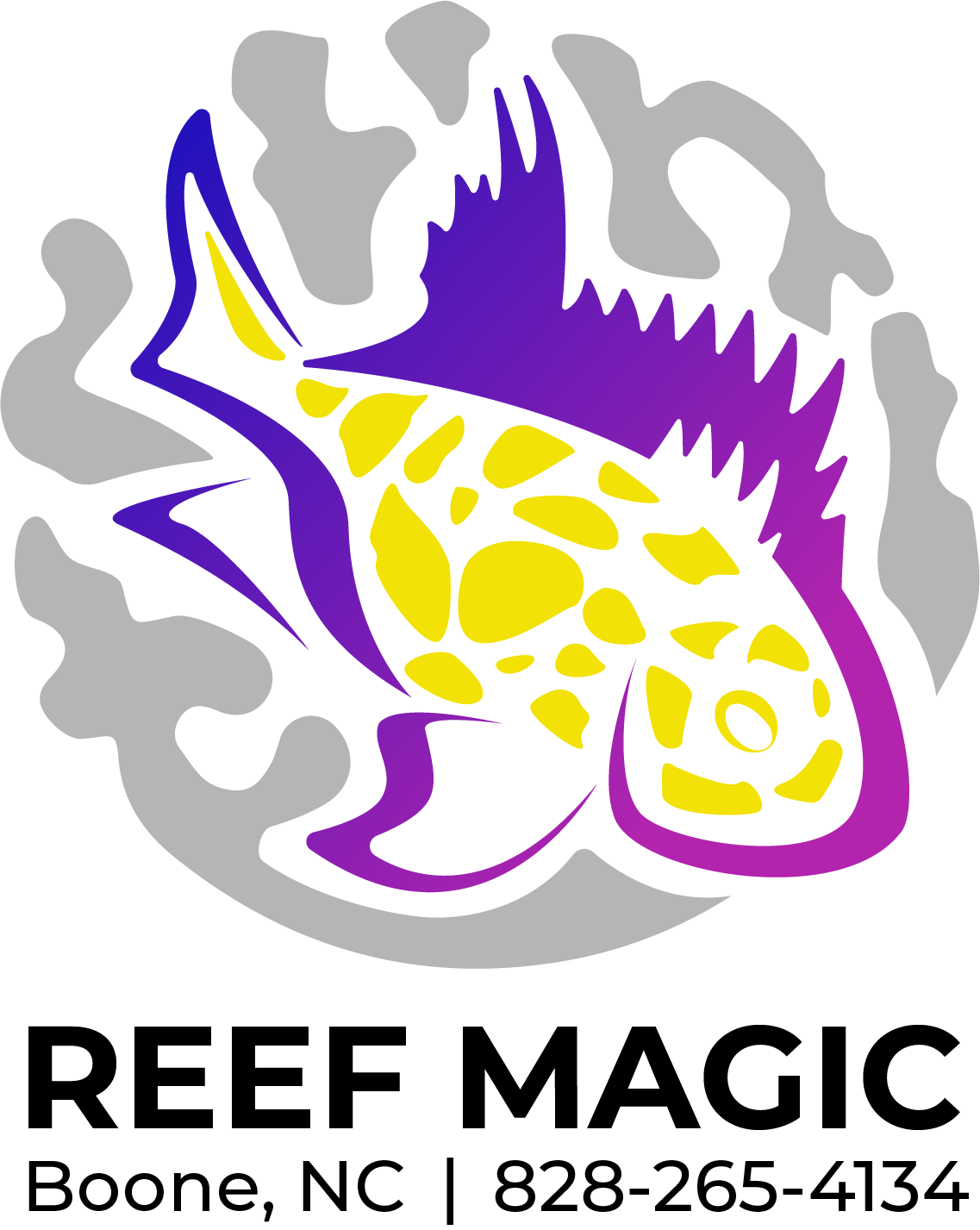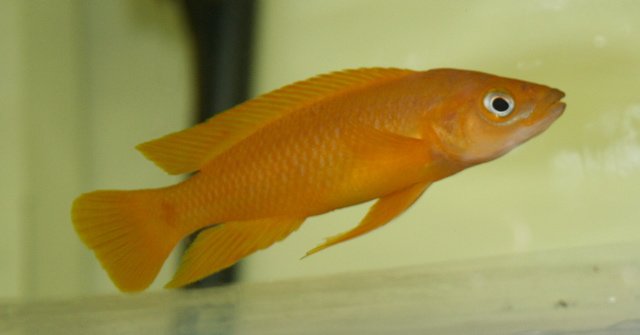 Image 1 of 1
Image 1 of 1


African - Yellow Lab
Keeping African cichlids requires specific care and attention due to their unique needs and behaviors. Here are the general requirements for keeping African cichlids:
Aquarium size: African cichlids are active and territorial fish, so provide a tank that is large enough to accommodate their size and aggression. The recommended minimum tank size is 55 gallons (208 liters) for a small group of cichlids, but larger tanks are preferred for larger groups or specific species.
Water parameters: African cichlids thrive in stable water conditions. The ideal temperature range is around 75-82°F (24-28°C), pH between 7.8-8.6, and hardness between 8-20 dGH. Research the specific requirements of the cichlid species you intend to keep, as different species may have slightly different preferences.
Tank setup: African cichlids prefer rocky setups that mimic their natural habitat. Use aquarium-safe rocks, caves, and other structures to create territories and hiding spots. Avoid using sharp or jagged rocks that could harm the fish. Sand or fine-grained substrate is recommended to mimic their natural environment.
Filtration and water flow: Use a powerful filtration system to maintain excellent water quality. African cichlids produce a significant amount of waste, so a combination of mechanical, chemical, and biological filtration is necessary. Ensure good water circulation and consider using additional powerheads or wavemakers to simulate the natural water flow.
Lighting: Provide moderate to bright lighting, mimicking daylight conditions. This will showcase the vibrant colors of the cichlids and promote the growth of any live plants in the tank. However, keep in mind that African cichlids may uproot plants, so choose hardy plant species or opt for artificial decorations instead.
Diet: African cichlids are omnivorous or herbivorous, depending on the species. Provide a balanced diet that includes high-quality cichlid pellets or flakes as a staple. Supplement their diet with occasional feedings of live or frozen foods such as brine shrimp, bloodworms, or spirulina-based foods for herbivorous species. Research the specific dietary needs of the cichlid species you keep.
Tank mates: Carefully select tank mates for African cichlids, as their aggression levels vary. Avoid mixing different species with aggressive tendencies, especially if they have similar body shapes or colors. Research the compatibility of different cichlid species before adding them to the same tank. Providing adequate hiding spots and territories can help mitigate aggression.
Keeping African cichlids requires specific care and attention due to their unique needs and behaviors. Here are the general requirements for keeping African cichlids:
Aquarium size: African cichlids are active and territorial fish, so provide a tank that is large enough to accommodate their size and aggression. The recommended minimum tank size is 55 gallons (208 liters) for a small group of cichlids, but larger tanks are preferred for larger groups or specific species.
Water parameters: African cichlids thrive in stable water conditions. The ideal temperature range is around 75-82°F (24-28°C), pH between 7.8-8.6, and hardness between 8-20 dGH. Research the specific requirements of the cichlid species you intend to keep, as different species may have slightly different preferences.
Tank setup: African cichlids prefer rocky setups that mimic their natural habitat. Use aquarium-safe rocks, caves, and other structures to create territories and hiding spots. Avoid using sharp or jagged rocks that could harm the fish. Sand or fine-grained substrate is recommended to mimic their natural environment.
Filtration and water flow: Use a powerful filtration system to maintain excellent water quality. African cichlids produce a significant amount of waste, so a combination of mechanical, chemical, and biological filtration is necessary. Ensure good water circulation and consider using additional powerheads or wavemakers to simulate the natural water flow.
Lighting: Provide moderate to bright lighting, mimicking daylight conditions. This will showcase the vibrant colors of the cichlids and promote the growth of any live plants in the tank. However, keep in mind that African cichlids may uproot plants, so choose hardy plant species or opt for artificial decorations instead.
Diet: African cichlids are omnivorous or herbivorous, depending on the species. Provide a balanced diet that includes high-quality cichlid pellets or flakes as a staple. Supplement their diet with occasional feedings of live or frozen foods such as brine shrimp, bloodworms, or spirulina-based foods for herbivorous species. Research the specific dietary needs of the cichlid species you keep.
Tank mates: Carefully select tank mates for African cichlids, as their aggression levels vary. Avoid mixing different species with aggressive tendencies, especially if they have similar body shapes or colors. Research the compatibility of different cichlid species before adding them to the same tank. Providing adequate hiding spots and territories can help mitigate aggression.






